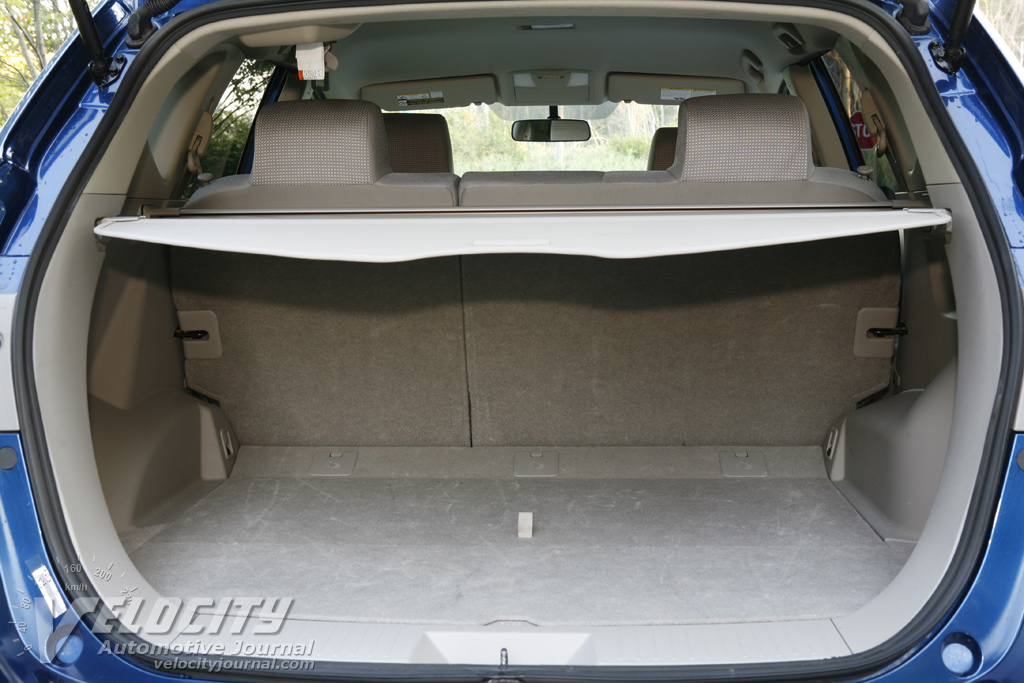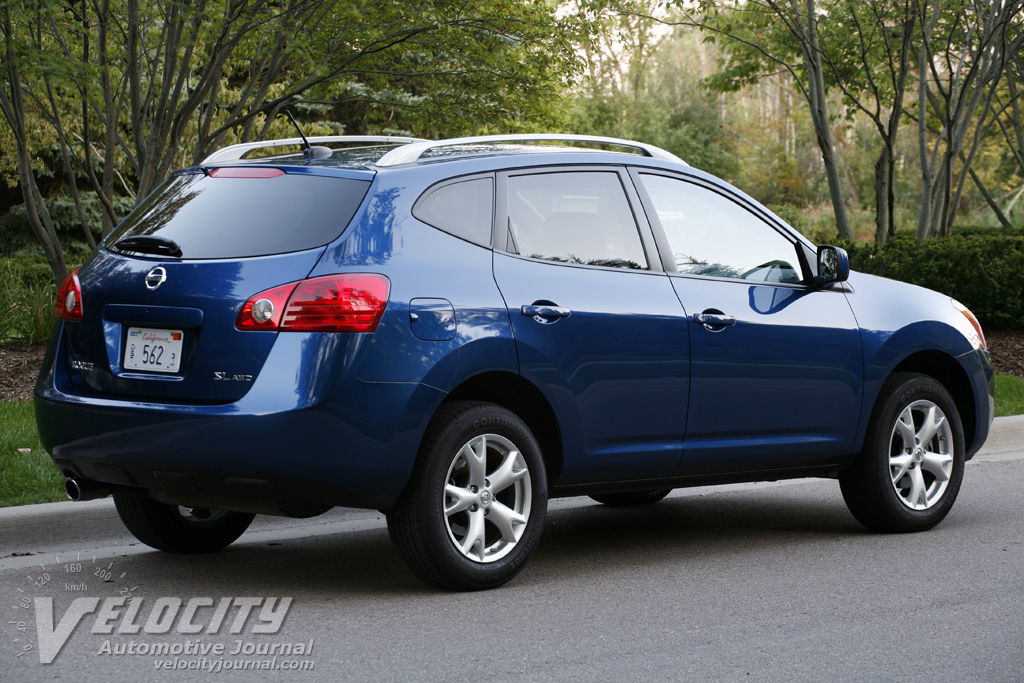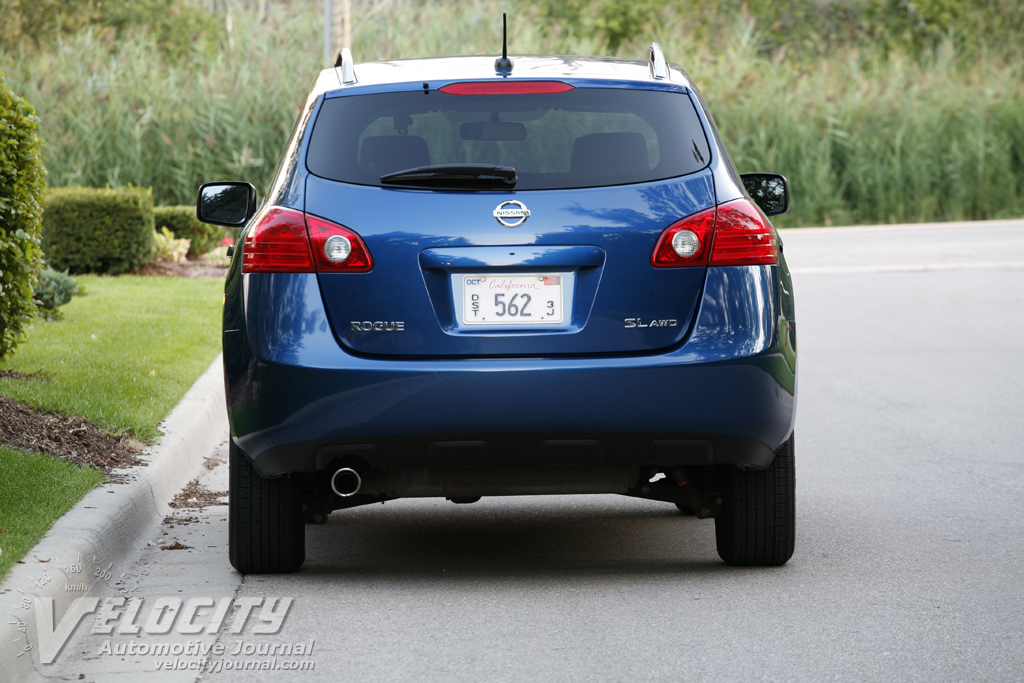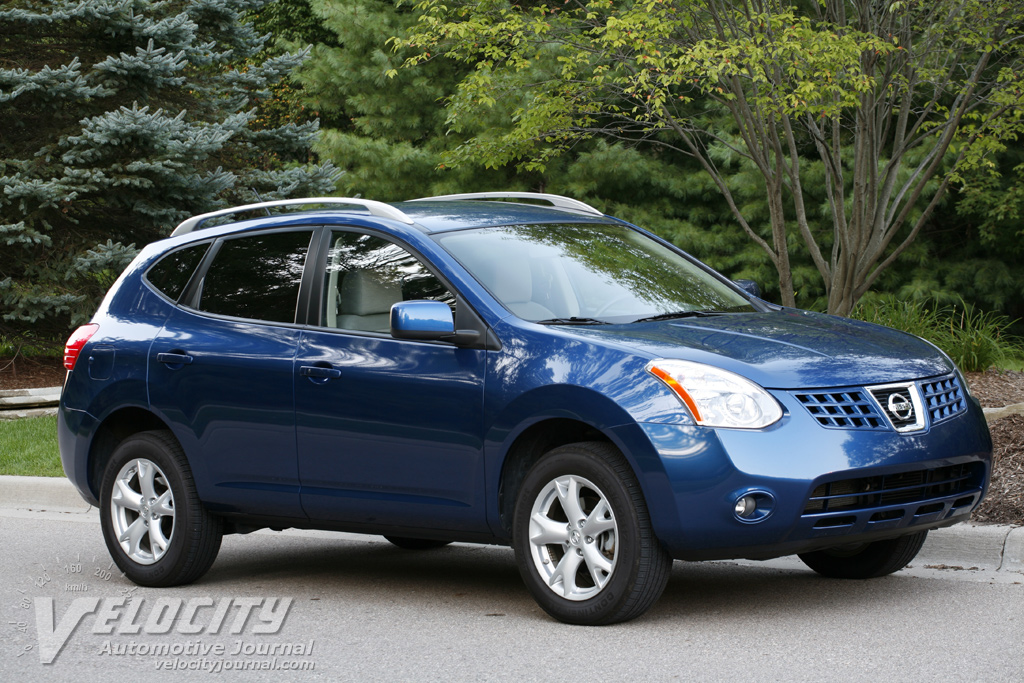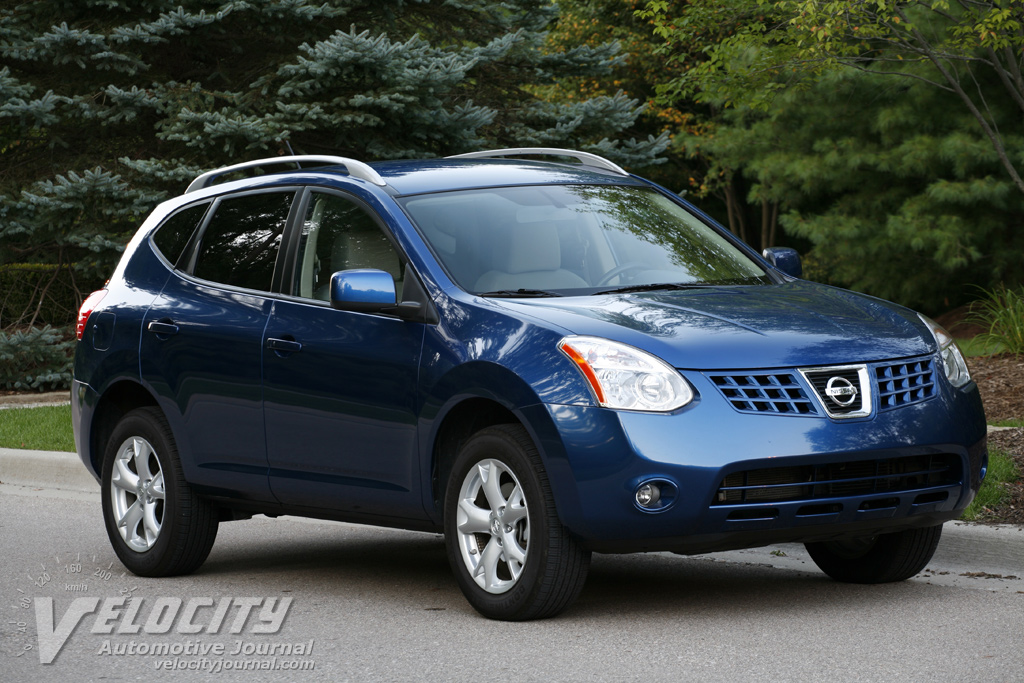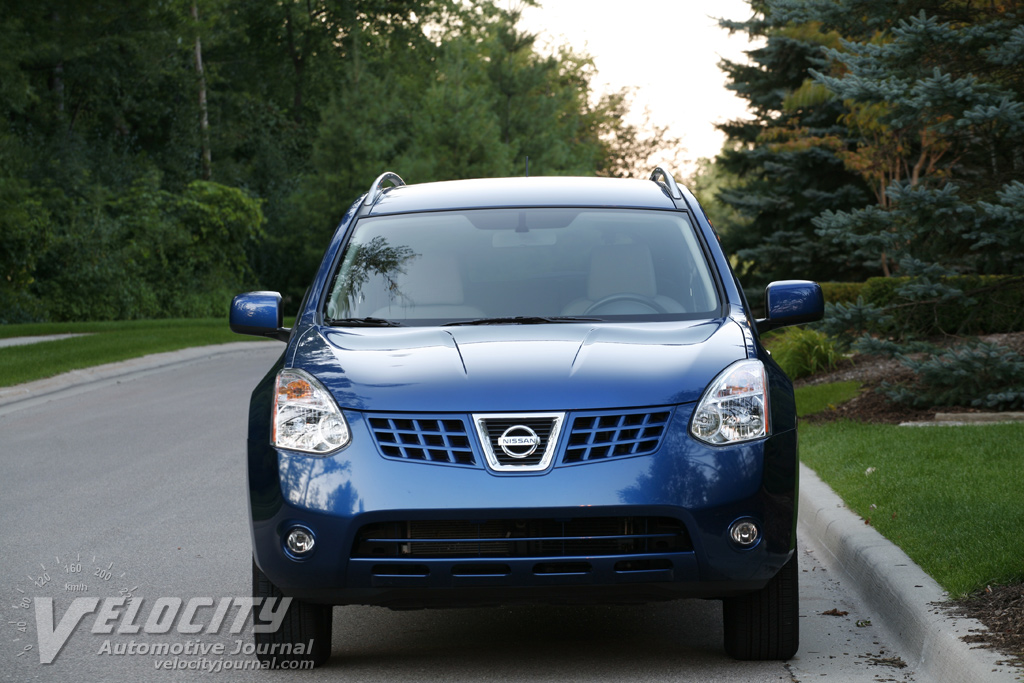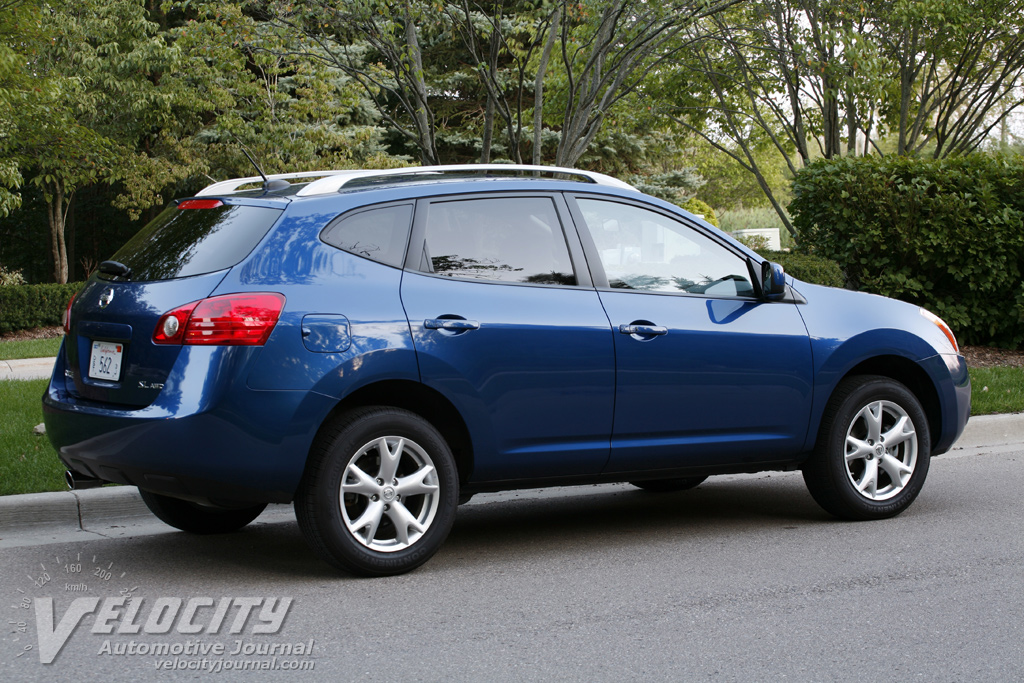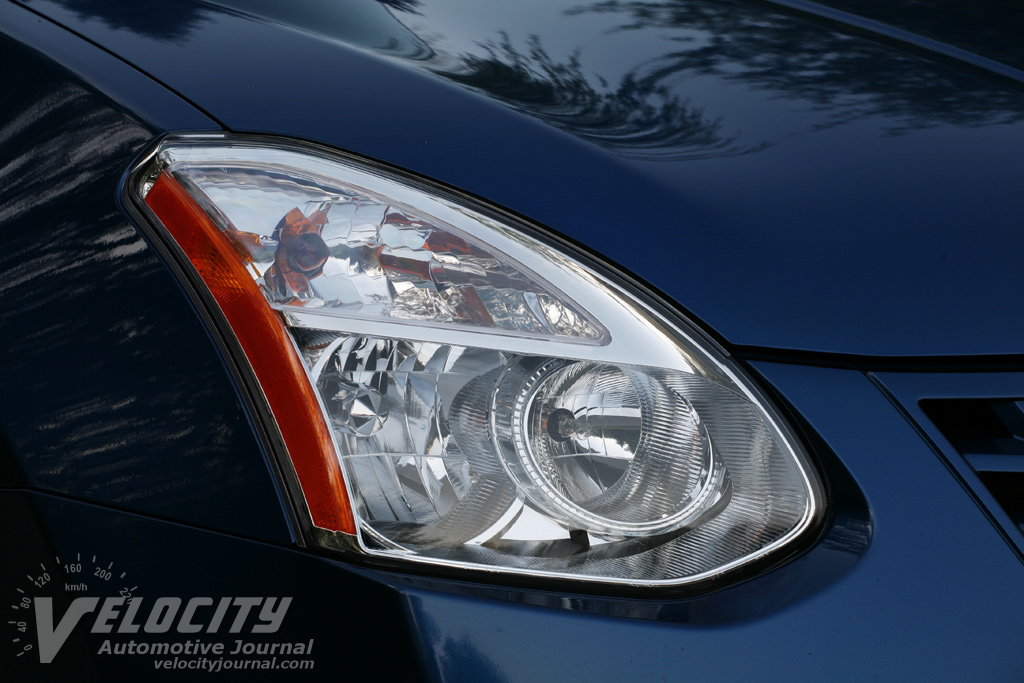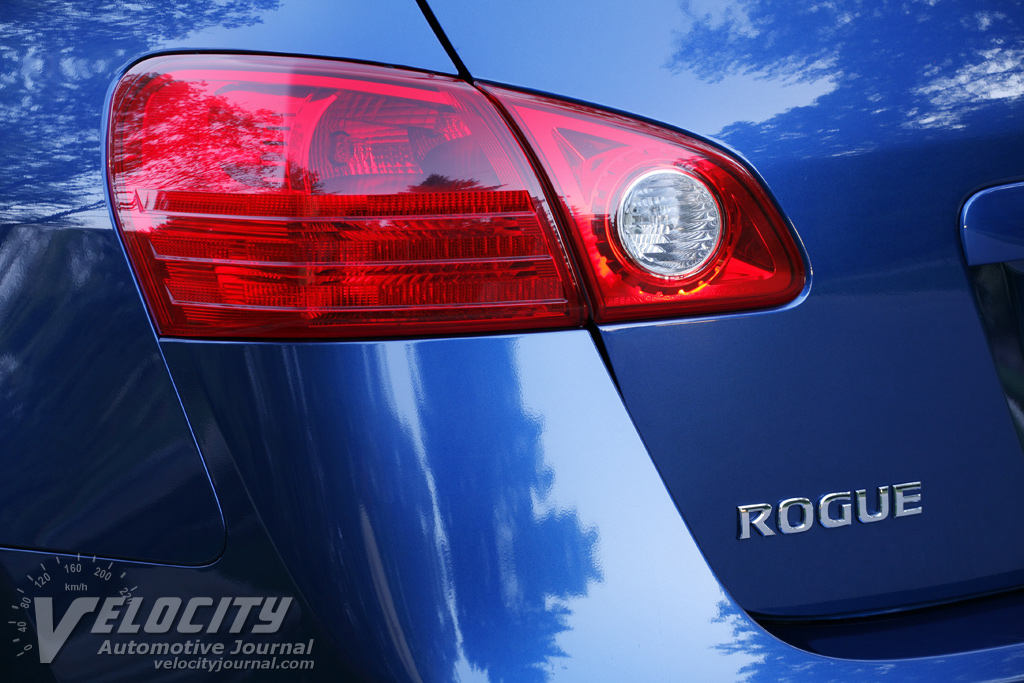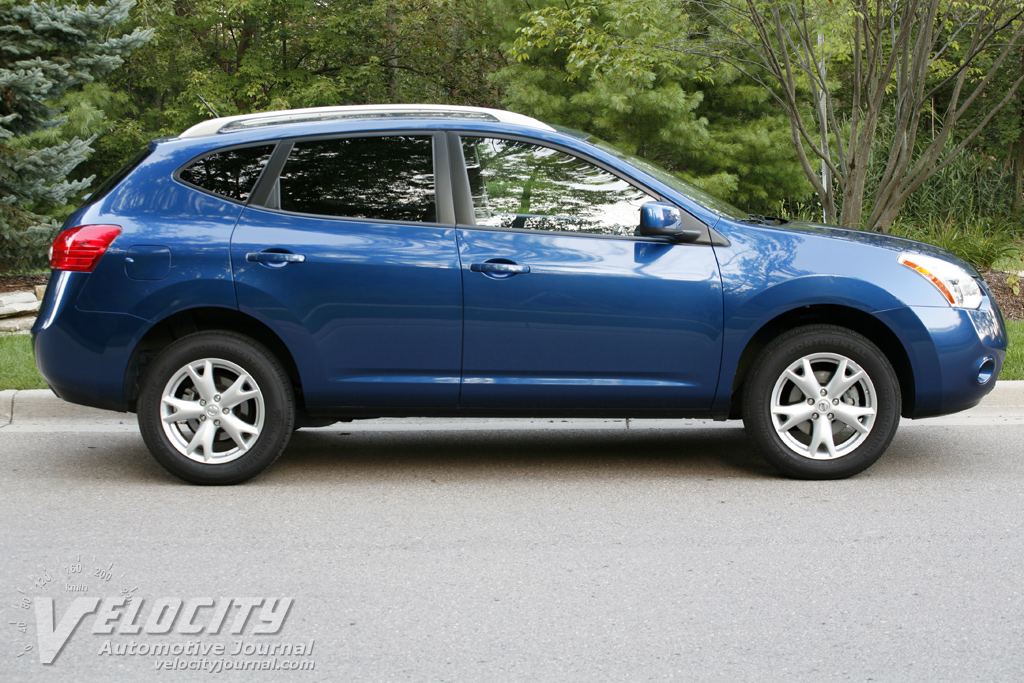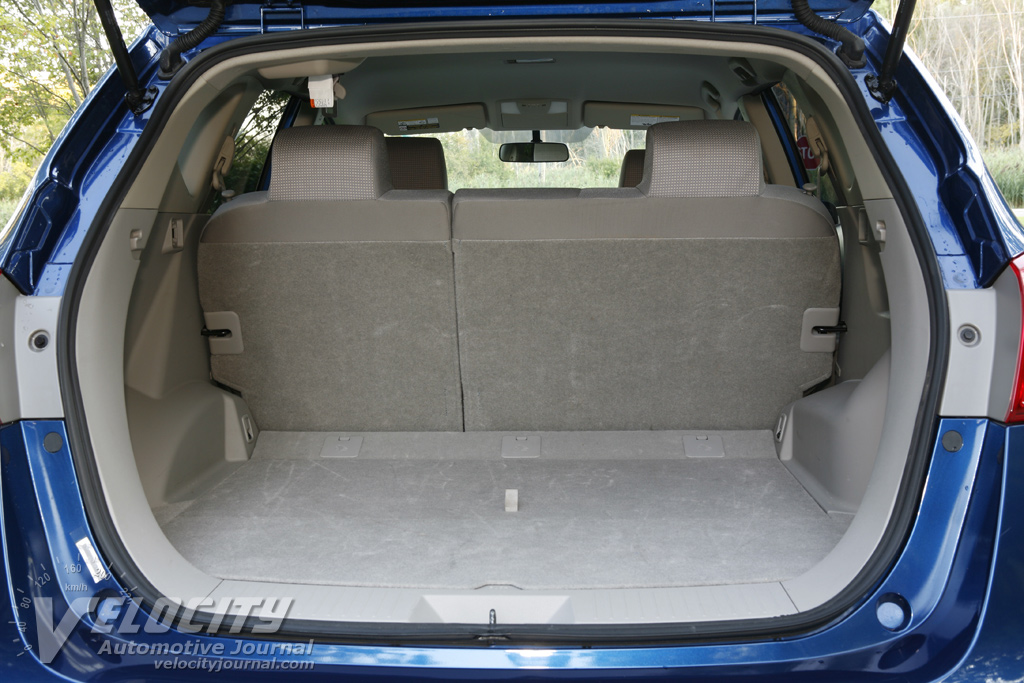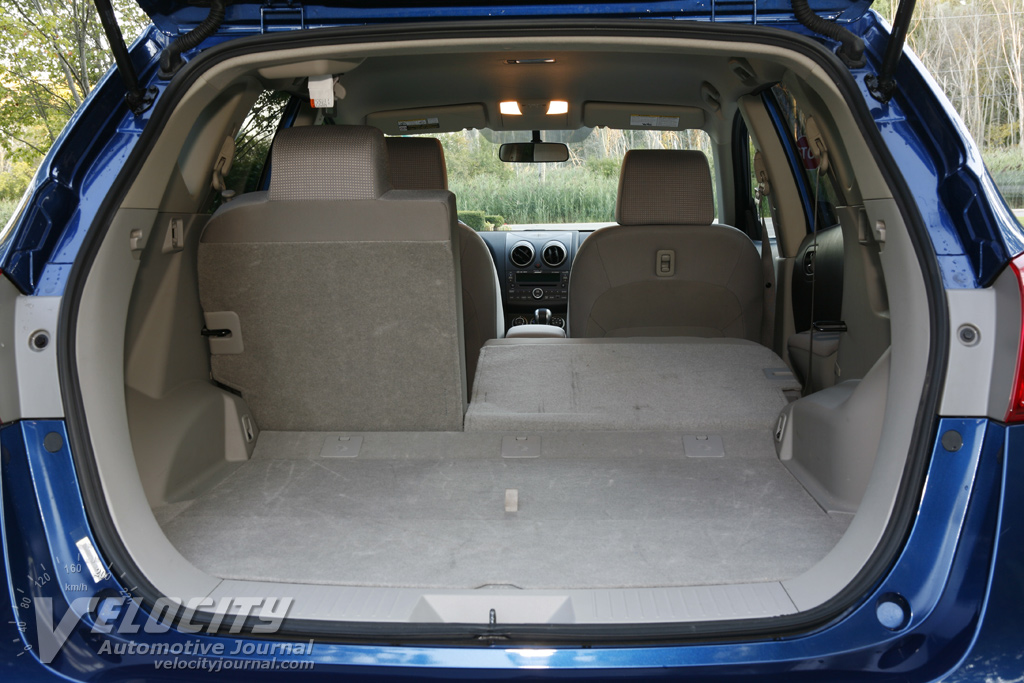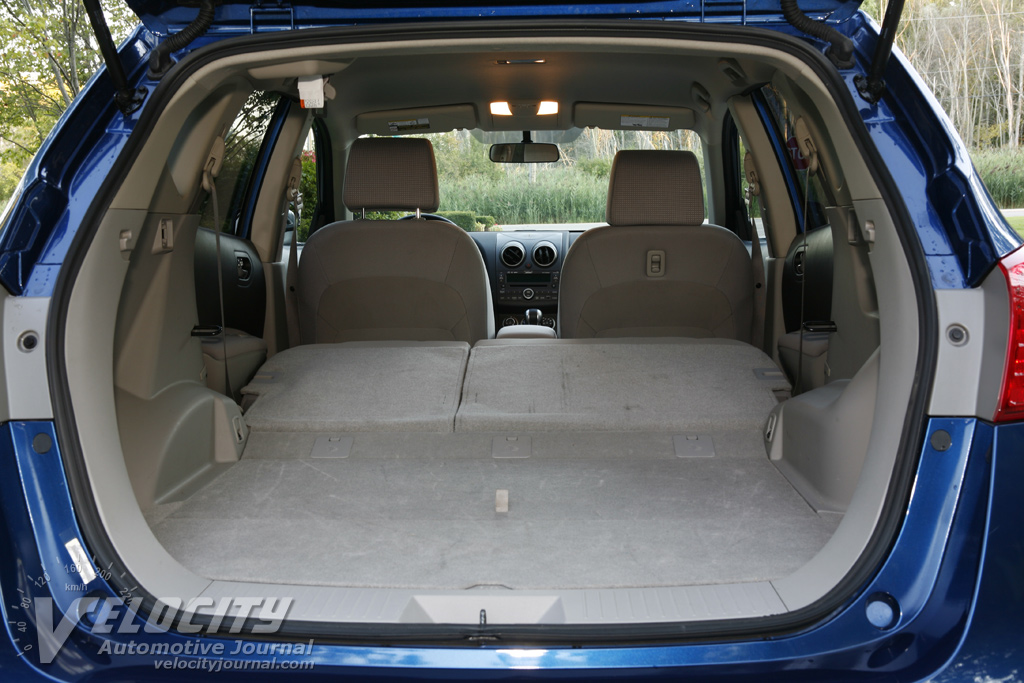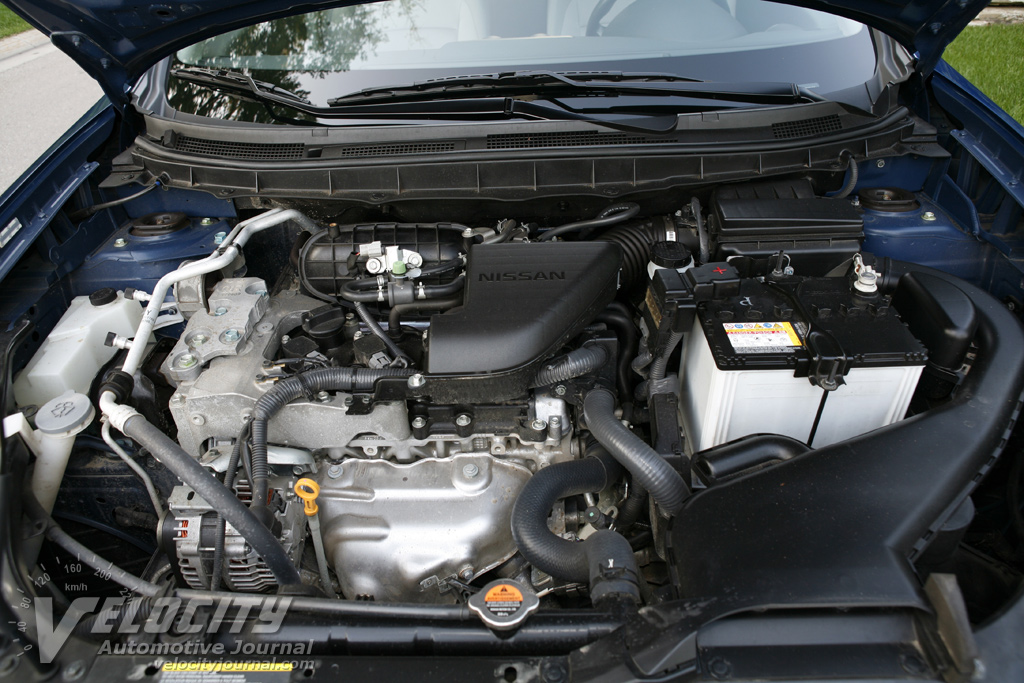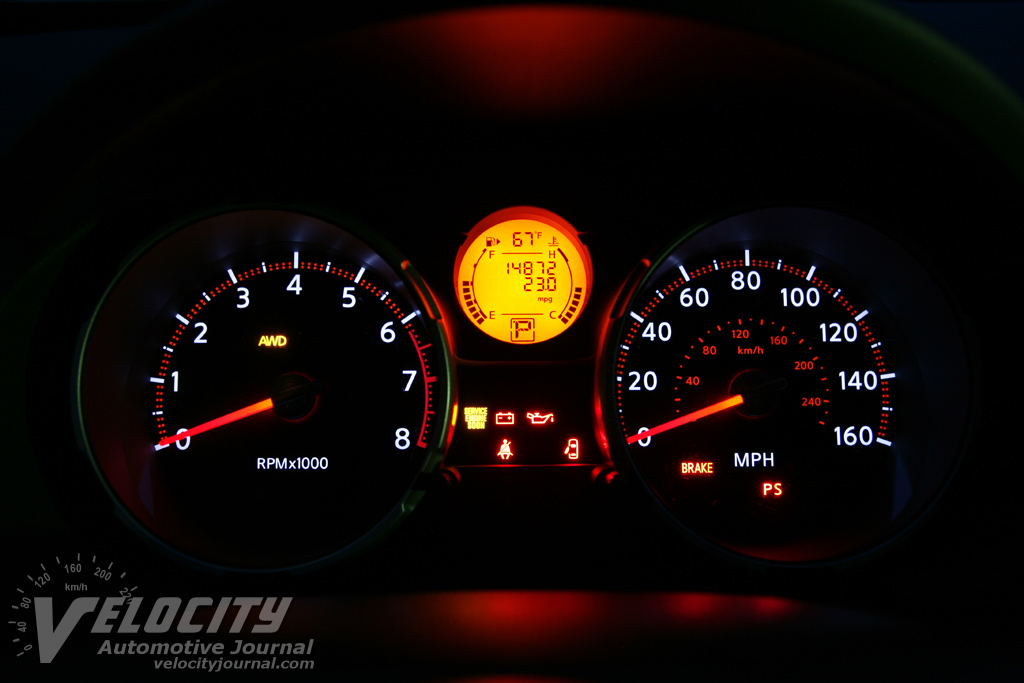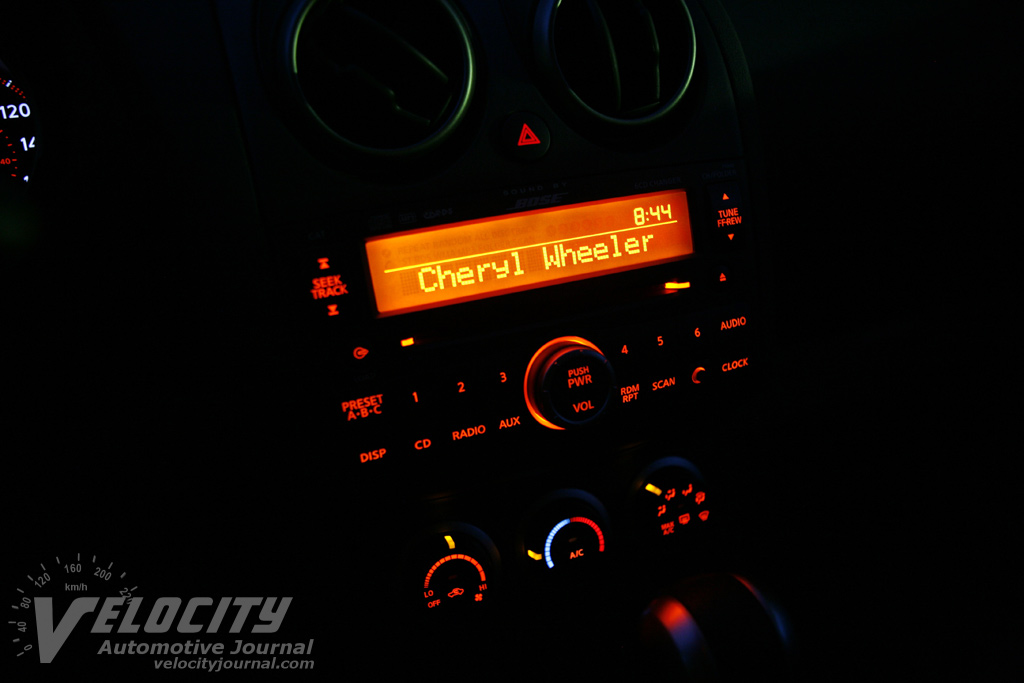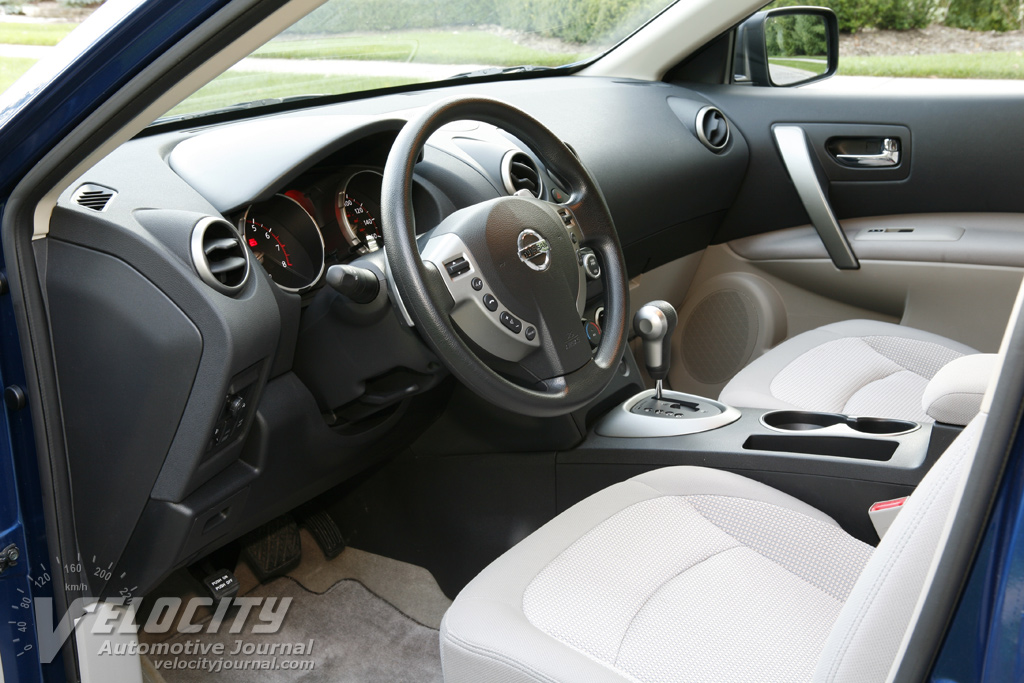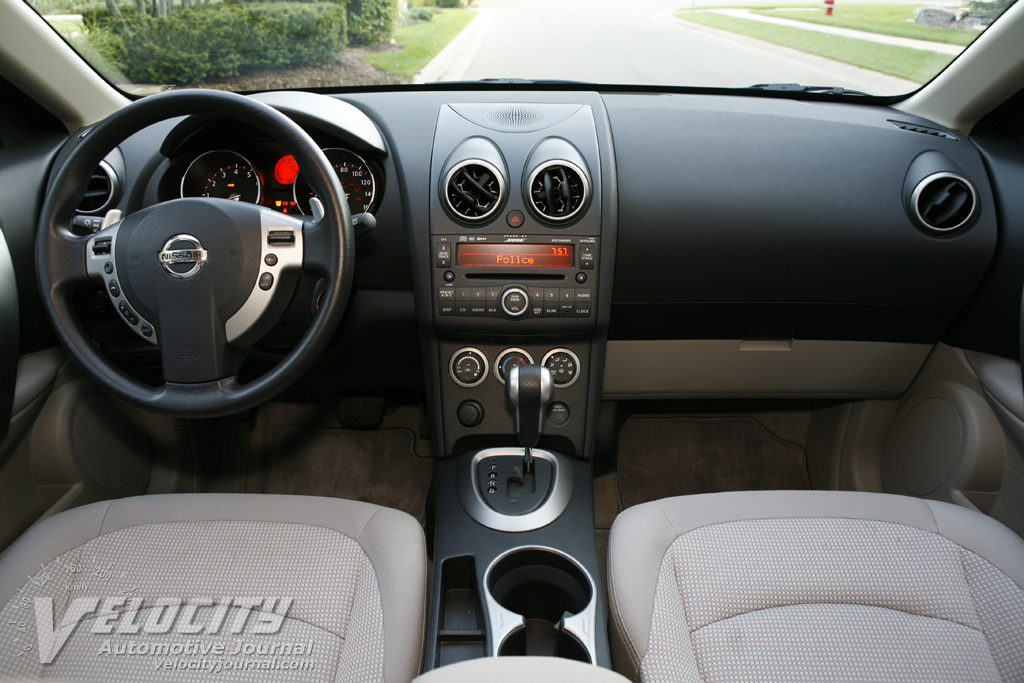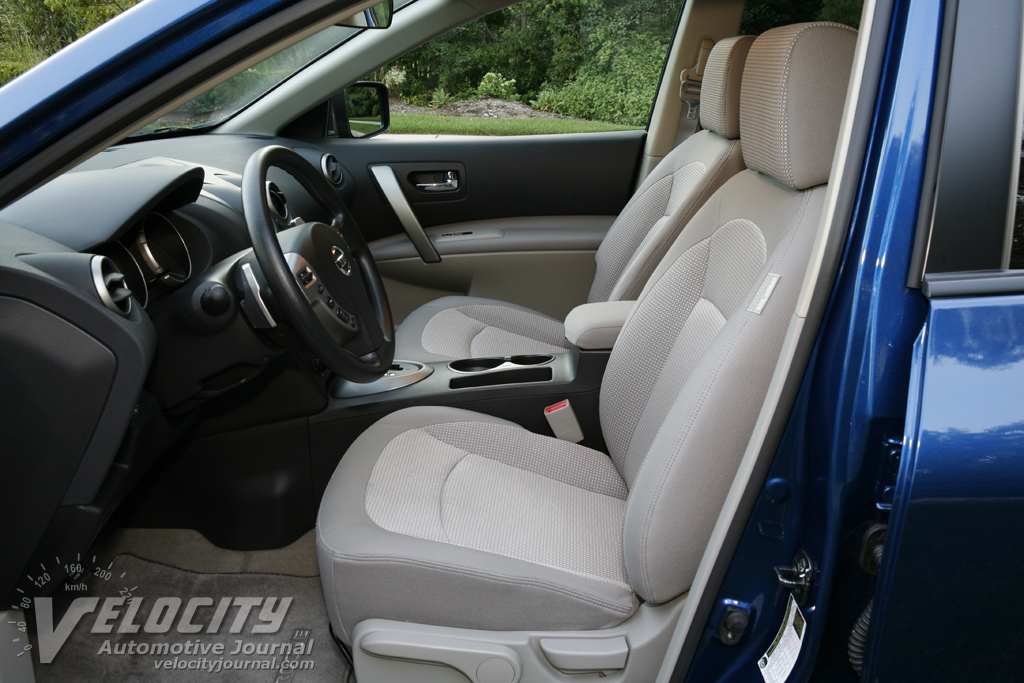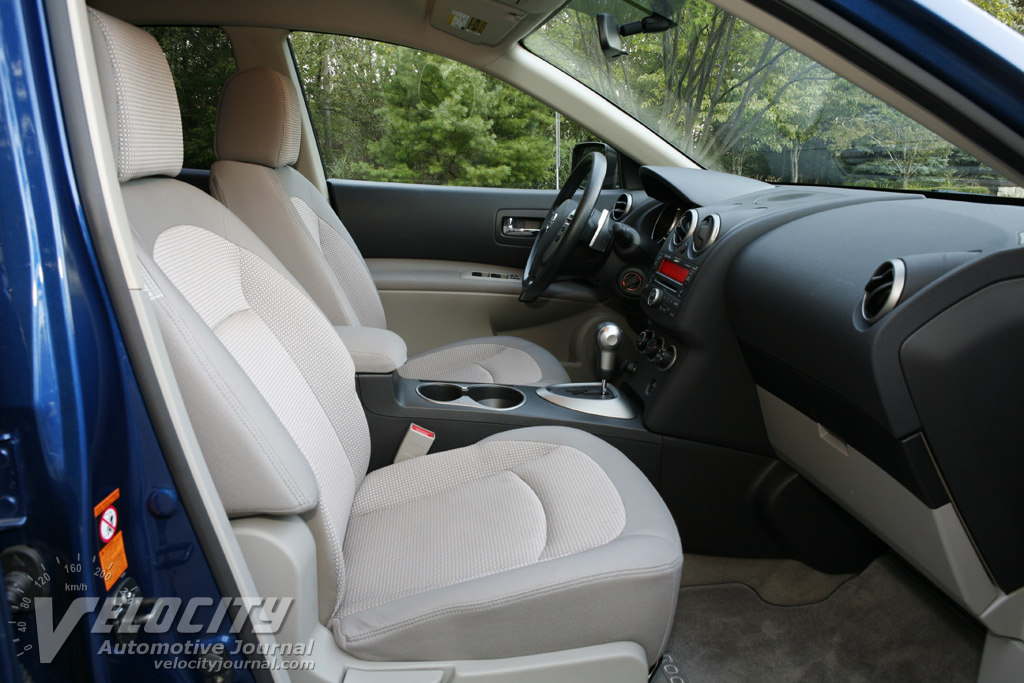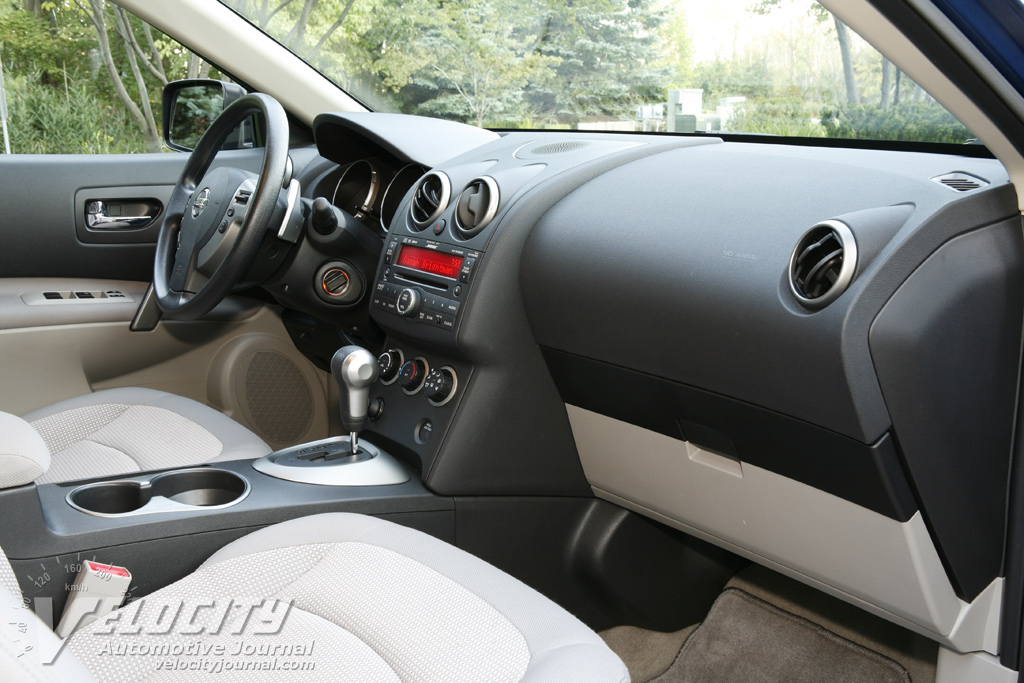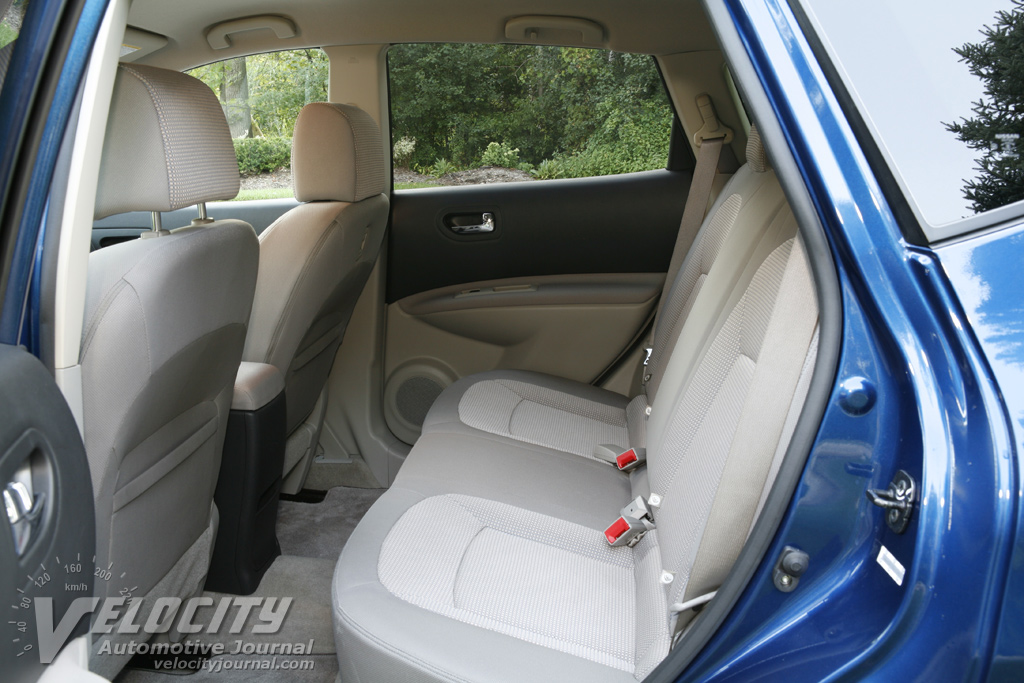2008 Nissan Rogue SL AWD
08/28/2008
Shahed Hussain
Honda and Toyota have sold the CR-V and RAV4 SUVs since the mid-1990s, but recently the crossover SUV segment has become cluttered with entrants, as nearly every major manufacturer added a model to grab a slice of the market. The Saturn Vue, Mitsubishi Outlander, Mazda CX-7, and Hyundai Santa Fe, are just a few choices in this expanding segment. Until the debut of the 2008 Rogue, Nissan did not have a compact crossover in its lineup, relying on the rugged Xterra as its entry-level SUV. Despite some overlap in pricing, the Rogue aims for a more urban customer than the off-road oriented Xterra, so it shouldn't cannibalize any sales from its angular sibling.
Nissan offers the Rogue in S and SL trim levels with FWD or AWD drivetrains. Base price of the 2008 Rogue S starts at $20,220, while the more comprehensively equipped SL begins at $21,810. Our tested 2008 Rogue SL AWD had a list price of $24,925 including the $745 destination charge; options consisted of the Premium Package ($2,200) and floor mats ($110). A 2009 Rogue equipped identically to our test vehicle would sticker at $26,130. Other major available options include a power glass moonroof ($950), Leather Package ($1,950), and a portable Garmin navigation system ($540).
The Rogue's straightforward interior uses low-gloss plastics in contrasting colors, combined with a clean, uncluttered design; build quality exhibits the tight panel fits similar to other vehicles in its class. The driver's seat has 6-way manual controls including height adjustment, while the passenger seat has typical fore/aft and seatback rake levers. Due to the flat thigh and shoulder bolsters and unyielding seat cushions, we found front seat comfort subpar. Rear accommodations are spacious for two passengers, with contoured seats and plentiful legroom and headroom to suit occupants up to 6' tall; even the center position is acceptable for short trips. The rear seats fold down nearly flat, offering up to 57.9 cu. ft. of cargo capacity. Nissan offers an optional Leather Package that includes heated leather seats, a 6-way power driver's seat with lumbar support, plus a leather-wrapped steering wheel and shift knob. If the budget allows, this expensive option package is worth considering for the upgraded seats alone.
Inset within the curved instrument panel is an 8,000 RPM tachometer and an optimistically marked 160-MPH speedometer; nestled in between is a backlit LCD for coolant temperature, fuel level, and trip computer functions. Circling the steering wheel hub are controls for the audio system, cruise control, and Bluetooth phone. Paddle shifters behind the steering wheel allow manual "gear" selection for the standard CVT (continuously variable transmission). Alternately, the CVT shift lever has a manual mode; tap the lever up or down to upshift or downshift. Within easy reach on the center stack are buttons for the Bose AM/FM/CD/XM satellite radio system; underneath the audio controls are three knobs to adjust settings for the HVAC system. Between the front seats are dual cupholders and small bins for accessories; shallow pockets in the front doors provide additional storage. Under the center armrest is a dual-level bin with a 12V power outlet to charge mobile phones or MP3 players. Nissan's Intelligent Key system allows the driver to lock or unlock the doors, and start the engine as long as the key fob in his possession. Although many other Nissans have a slot to stash the lozenge-shaped fob, the Rogue lacks this convenience; however, you can keep the fob in your pocket or in one of the interior bins.
Nissan equips the Rogue with a 2.5L inline-4; the all-aluminum QR25DE engine, shared with the Altima and Sentra sedans, cranks out 170-bhp @ 6,000 RPM and 175 lb.-ft. @ 4,400 RPM. The DOHC valvetrain incorporates CVTCS (Continuously Variable Timing Control System) to enhance torque and horsepower through the rev range. Most large displacement inline-4 engines become boomy at higher RPM, and the Rogue's powerplant is no exception: below 4,000 RPM the non-balance shaft QR25DE is unobtrusive, but the powerplant drones and buzzes as the tachometer needle approaches the 6,200 RPM redline. A benefit of the long-stroke inline-4 is ample torque at low revs; coupled with wide-ratio CVT, the Rogue accelerates briskly from a standstill. Highway throttle response is above average, aided by the nearly instantaneous CVT "downshifts". When properly equipped, Nissan rates the Rogue for a modest trailer towing capacity of 1,500 lbs.
Among its competitors, the Rogue is the only crossover SUV equipped with a CVT. This belt-driven automatic is a superb transmission that always selects the correct ratio for any driving scenario. At full throttle, engine revs soar near the 6,000 RPM power peak for maximum acceleration. Depending on load and throttle position, the CVT shift logic continually varies engine RPM for optimal fuel economy or performance. Although a simulated 6-speed manual shift mode is available, we found no need to override the transmission in normal driving. In overall refinement and "shift" quality, the Nissan CVT compares favorably to conventional torque converter automatics. An additional benefit of this continuously variable transmission is above average fuel economy; we averaged nearly 24 MPG in a combination of city and highway driving. The EPA rates the AWD Rogue at 21/26 MPG (city/hwy.).
As is typical for crossover SUVs, the Rogue gets a fully independent suspension consisting of struts, coil springs, and a stabilizer bar in front; at the rear is multi-link setup with coil springs and a tubular stabilizer bar. Wider P225/60R17 Continental 4X4 Contact M+S tires on 5-spoke alloy wheels distinguish the Rogue SL from the base model, which gets P215/70R16 tires mounted on steel wheels with covers. The Rogue's handling is biased towards comfort more than sport; the Continental tires handle most road imperfections competently, but sometimes the soft springs and dampers don't snub wheel motions effectively, resulting in a bouncy ride. On the highway, the Rogue feels slightly tippy, but the electric power rack-and-pinion steering tracks accurately. Braking duties are handled by vented discs: 11.84" diameter (front) and 11.68" diameter (rear). Pedal feel is slightly spongy, but the Rogue stops with confidence. However, the relaxed suspension tuning results in significant body dive under hard braking. Both Rogue models benefit from standard VDC (Vehicle Dynamic Control), which is unobtrusive on dry roads. The optional AWD system minimizes torque steer; however, the Rogue exhibits moderate understeer in normal driving, mainly due to its front-biased 60:40 weight distribution.
Although the Rogue is Nissan's first attempt at a compact crossover SUV, it is competitive with more established entrants from Toyota and Honda. The Rogue offers roomy accommodations, a spacious cargo area, and decent fuel consumption, all at a reasonable sticker price. More supportive seats and firmer suspension tuning would improve the Rogue in our opinion, but these are minor quibbles that may not concern many potential customers. Nonetheless, the Rogue isn't necessarily compelling enough to dissuade potential CR-V or RAV4 customers to choose this Nissan instead. However, by fielding a viable alternative to the popular Japanese duo, Nissan should be able to siphon off enough sales to please dealers and increase its market share among crossover SUV customers.

